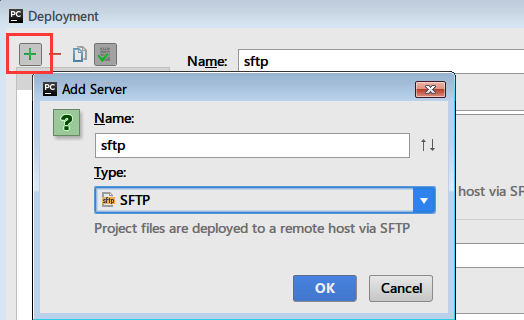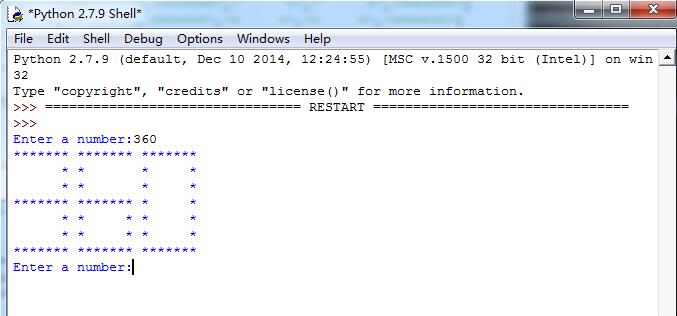Python实现的插入排序,冒泡排序,快速排序,选择排序算法示例
本文实例讲述了Python实现的插入排序,冒泡排序,快速排序,选择排序算法。分享给大家供大家参考,具体如下:
#!/usr/bin/python
# coding:utf-8
#直接插入排序
def insert_sort(list):
for i in range(len(list)):
Key = list [i] #待插入元素
j = i - 1
while(Key < list[j] and j >= 0):
list[j+1] = list[j] #后移元素
list[j] = Key
j=j-1
return list
#冒泡排序
def bubble_sort(list):
for i in range(1, len(list)):
for j in range(len(list)-i):
if list[j] > list [j+1]:
list[j+1],list[j] =list[j],list[j+1]
return list
#快速排序
def position_key(list, low, high):
i = low
j = high
key = list[low]
while(i < j):
while(i < j and list[j] >= key): #从右向左,寻找第一个小于基准元素的数据索引。 注意:i<y 的判断,内循环更新j
j -= 1
if i < j :
list[i] = list[j]
while(i<j and list[i] <= key): #从左向右,寻找地一个大于基准元素的数据索引。i<y同上
i += 1
if i < j:
list[j] = list[i]
list[j] = key # 基准元素位置
return j
def quick_sort(list, low, high):
if low < high:
position = position_key(list, low, high) #将数据分成前后两个子序列(前边序列值均小于后边序列)
quick_sort(list, low, position-1) #将前面的序列快速排序
quick_sort(list, position+1, high) #将后面的序列快速排序
return list
#选择排序
def select_sort(list):
for i in range(len(list)):
for j in range(i, len(list)):
if list[i] > list[j]:
list[i], list[j] = list[j], list[i]
return list
list = [23, 232, 11, 89,121, 64, 34, 12, 23423, 2312, 167, 768, 932, 346, 32789, 335, 2, 1145, 34, 56, 99, 111]
print '原始序列 :', list
print '直接插入排序:', insert_sort(list)
print '冒泡排序 :', bubble_sort(list)
print '快速排序 :', quick_sort(list, 0, len(list)-1)
print '选择排序 :', select_sort(list)
结果如下:
原始序列 : [23, 232, 11, 89, 121, 64, 34, 12, 23423, 2312, 167, 768, 932, 346, 32789, 335, 2, 1145, 34, 56, 99, 111]
直接插入排序: [2, 11, 12, 23, 34, 34, 56, 64, 89, 99, 111, 121, 167, 232, 335, 346, 768, 932, 1145, 2312, 23423, 32789]
冒泡排序 : [2, 11, 12, 23, 34, 34, 56, 64, 89, 99, 111, 121, 167, 232, 335, 346, 768, 932, 1145, 2312, 23423, 32789]
快速排序 : [2, 11, 12, 23, 34, 34, 56, 64, 89, 99, 111, 121, 167, 232, 335, 346, 768, 932, 1145, 2312, 23423, 32789]
选择排序 : [2, 11, 12, 23, 34, 34, 56, 64, 89, 99, 111, 121, 167, 232, 335, 346, 768, 932, 1145, 2312, 23423, 32789]
PS:这里再为大家推荐一款关于排序的演示工具供大家参考:
在线动画演示插入/选择/冒泡/归并/希尔/快速排序算法过程工具:
http://tools.jb51.net/aideddesign/paixu_ys
更多关于Python相关内容感兴趣的读者可查看本站专题:《Python数据结构与算法教程》、《Python列表(list)操作技巧总结》、《Python编码操作技巧总结》、《Python函数使用技巧总结》、《Python字符串操作技巧汇总》及《Python入门与进阶经典教程》
希望本文所述对大家Python程序设计有所帮助。

